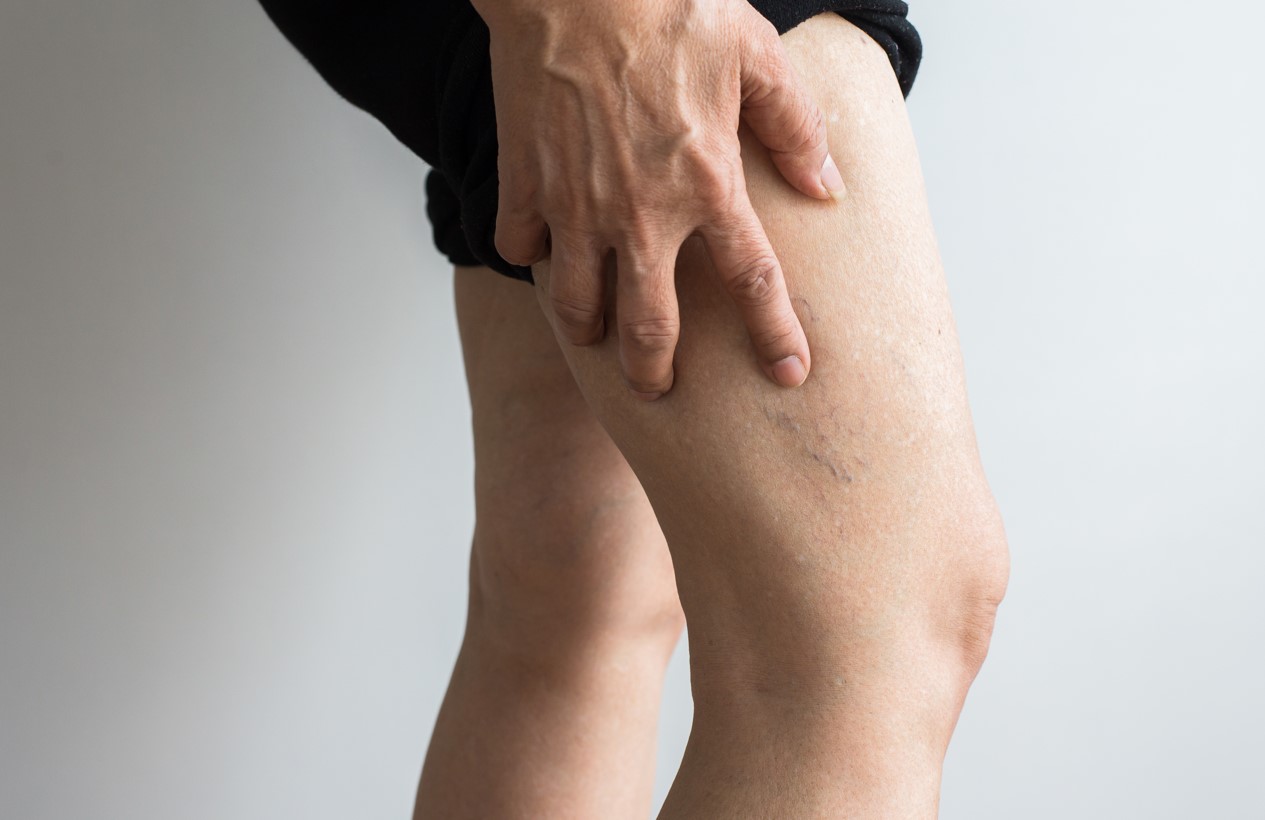Spider Veins: Causes, Symptoms, and Treatment Options for Improving Your Leg Appearance
There’s no need to feel self-conscious about spider veins – they’re prevalent. But if you’re looking for ways to improve your legs’ appearance, treatment options are available. In this blog post, we’ll discuss the causes and symptoms of spider veins and some treatment options that can help.
What are spider veins, and what causes them to form on the legs?
Spider veins are clusters of small, reddish, or blue blood vessels that appear close to the skin’s surface, mainly on legs and faces. They are also called telangiectasias and can occur in other body areas. Though spider veins tend to be more of a cosmetic concern, some people experience associated itching, burning, or throbbing when they form. The exact cause for why many people develop spider veins remains unknown. Still, it may be linked to factors like age, pregnancy, lifestyle choices such as smoking, a sedentary lifestyle, and too much exposure to ultraviolet radiation. It might also run in families. Varicose veins – like larger blue cords around one’s ankles – are similar to spider veins but usually thicker and deeper within the skin. As with spider veins, varicose veins can also cause redness, itch, illness, or discomfort around the area.
Symptoms of spider veins and when to see a doctor about them
Spider veins are a common aesthetic issue, usually appearing as a web of blue or purple veins nestled beneath the skin. Generally, symptoms appear across the legs or face and cause veins to look like branches. Despite being mostly accepted for cosmetic purposes, knowing the symptoms associated with spider veins is essential in identifying them early on. Spider veins can develop due to trauma, age, genetics, or hormones and worsen over time if left untreated. Therefore, it is often recommended to seek medical help if your spider veins have any additional symptoms: fatigue and heaviness in the legs; swelling in ankles; pain or aching in the area of affected veins; visible discoloration such as pinkishness and brown giving an uneven appearance. Additionally, more noticeable symptoms will become apparent with regular and prolonged sun exposure. While some cases of spider veins require closer medical attention than others, seeking medical advice at least once is advised regarding their treatment options.
Treatment options for spider veins, including home remedies and medical procedures
Spider veins can be treated in various ways, both at home and with the help of a qualified medical professional. Home remedies include increasing water intake and exercising regularly to improve circulation. Compression stockings and increased leg elevation may also be beneficial in getting rid of unsightly spider veins. More complex procedures, such as sclerotherapy and endovenous laser therapy, are also available, where doctors inject sclerosants directly into the vein or use lasers to stop undesired blood flow. These treatments typically work best in treating larger areas and should be discussed with a doctor if desired, as results will vary from person to person. However, it’s best to take care of your body overall; regular exercise, healthy eating habits, and proper circulation can all go a long way in reducing the appearance of spider veins.
How to prevent spider veins from forming in the first place
There are specific steps you can take to help prevent spider veins from forming in the first place. These include managing your weight and exercising, especially activities that focus on toning your legs, like running and strength training. Additionally, avoid any standing activity for long periods. Regular breaks and alternating between sitting and standing will help reduce strain on your circulation system. Additionally, avoid wearing tight clothing, especially anything too close around the waist or thighs, as this can lead to constricted circulation, which may cause spider veins to form over time. Lastly, avoiding soaking in hot baths for prolonged periods is essential, as this increases the risk of vein injury. Following these guidelines will certainly help you stay ahead of spider veins!
Tips for improving the appearance of your legs if you have spider veins
Healthy, beautiful legs can be achieved even if you have spider veins. Spider veins generally occur when the valve in your vein stops functioning as it should, causing the blood to pool and eventually clot. The good news is that there are ways to improve their appearance and make them look healthier. There are a few types of spider vein treatment options. Exercising regularly can help strengthen your vein walls, and opening up your skin with regular exfoliation can reduce discoloration. Wear compression stockings or tight jeans to help you feel more confident about your appearance. Laser treatments provide a proven long-term solution for reducing their visibility if the veins are particularly pronounced. Remember – with extra effort and attention, anyone’s legs can look amazing!
Spider veins are a common problem for many people, but there are ways to reduce their appearance. Making sure to exercise regularly and take other precautions, such as wearing compression stockings or avoiding crossing your legs, can help prevent spider veins from forming in the first place. If you already have spider veins, various treatments are available, from home remedies to medical procedures. With the right approach, you can improve the appearance of your legs and feel more confident in your skin. Remember that everyone’s body is unique, so consult your doctor before trying any treatment option. By taking proactive steps and caring for your legs properly, you can be well on your way to healthier legs free of spider veins.


















